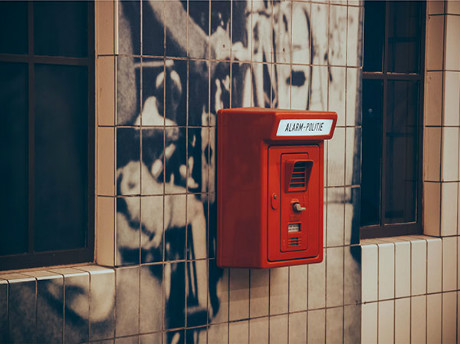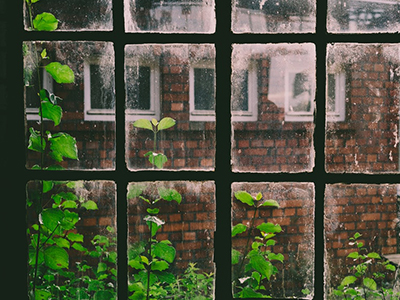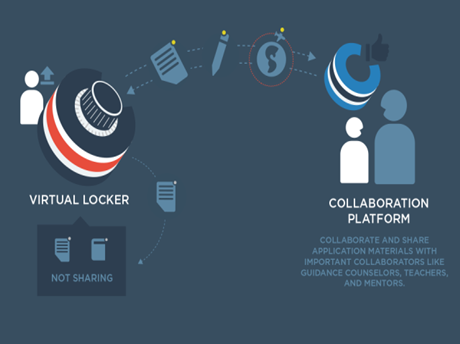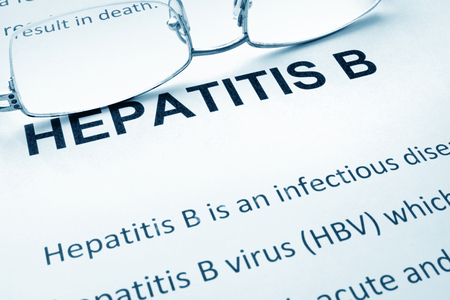新SAT阅读官方例题解析-Textual Evidence循证题
- 2017年06月02日14:56 来源:小站教育作者:小站SAT编辑
- 参与(0) 阅读(10853)
例题三:
材料:The Official SAT Study Guide
试卷:3
页数:569
题号:18
|
|
Questions 11-20 are based on the following passage and supplementary material. This passage is adapted from Taras Grescoe, Straphanger: Saving Our Cities and Ourselves from the Automobile. ©2012 by Taras Grescoe. |
|
60
65
70
75
80
85 |
… If you credit the demographers, this transit trend has legs. The “Millenials,” who reached adulthood around the turn of the century and now outnumber baby boomers, tend to favor cities over suburbs, and are far more willing than their parents to ride buses and subways. Part of the reason is their ease with iPads, MP3 players, Kindles, and smartphones: you can get some serious texting done when you’re not driving, and earbuds offer effective insulation from all but the most extreme commuting annoyances. Even though there are more teenagers in the country than ever, only ten million have a driver’s license (versus twelve million a generation ago). Baby boomers may have been raised in Leave It to Beaver suburbs, but as they retire, a significant contingent is favoring older cities and compact towns where they have the option of walking and riding bikes. Seniors, too, are more likely to use transit, and by 2025, there will be 64 million Americans over the age of sixty-five. Already, dwellings in older neighborhoods in Washington, D.C., Atlanta, and Denver, especially those near light-rail or subway stations, are commanding enormous price premiums over suburban homes. The experience of European and Asian cities shows that if you make buses, subways, and trains convenient, comfortable, fast, and safe, a surprisingly large percentage of citizens will opt to ride rather than drive. |
18. Which choice best supports the conclusion that public transportation is compatible with the use of personal electronic devices?
A) Lines 59-63 (“The . . . subways”)
B) Lines 63-67 (“Part . . . annoyances”)
C) Lines 68-70 (“Even . . . ago”)
D) Lines 77-81 (“Already . . . homes”)
(答案解析,重点词汇请翻页查看哦~)
























